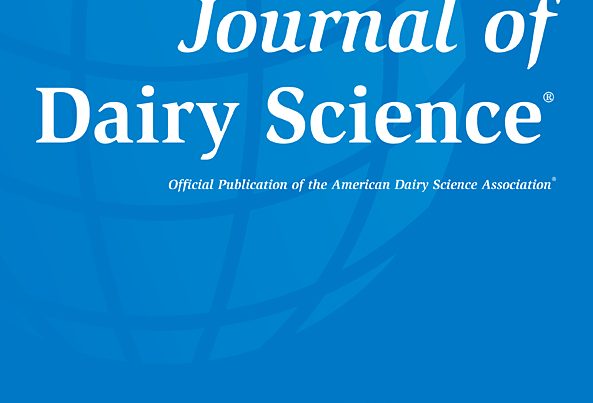Document type: Scientific review published in Animals
Authors: Kimberly Ekstrand, Amanda J. Flanagan, Ilyan E. Lin, Brendon Vejseli, Allicyn Cole, Anna P. Lally, Robert L. Morris, Kathleen N. Morgan
Preview: The accelerated pace of research into Severe Acute Respiratory Syndrome Coronavirus 2 (SARS-CoV-2) necessitates periodic summaries of current research. The present paper reviews virus susceptibilities in species with frequent human contact, and factors that are best predictors of virus susceptibility. Species reviewed were those in contact with humans through entertainment, pet, or agricultural trades, and for whom reports (either anecdotal or published) exist regarding the SARS-CoV-2 virus and/or the resulting disease state COVID-19. Available literature was searched using an artificial intelligence (AI)-assisted engine, as well as via common databases, such as Web of Science and Medline. The present review focuses on susceptibility and transmissibility of SARS-CoV-2, and polymorphisms in transmembrane protease serine 2 (TMPRSS2) and angiotensin-converting enzyme 2 (ACE2) that contribute to species differences. Dogs and pigs appear to have low susceptibility, while ferrets, mink, some hamster species, cats, and nonhuman primates (particularly Old World species) have high susceptibility. Precautions may therefore be warranted in interactions with such species, and more selectivity practiced when choosing appropriate species to serve as models for research.






